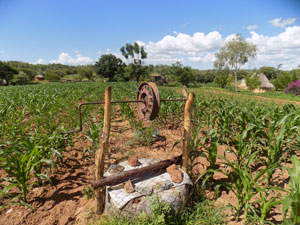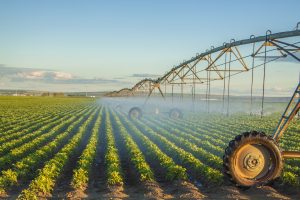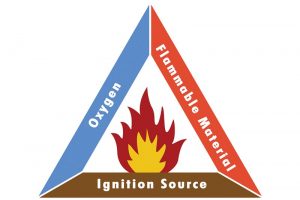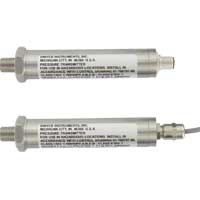 The monitoring of water levels in boreholes in a particular region is important for a water extraction company, as it allows the water extraction to be controlled across the area to keep the water table at a consistent level throughout. However, the widespread and remote nature of these boreholes means that the communication of these water levels can be difficult and costly. Continue reading “Remote Monitoring of Borehole Water Levels”
The monitoring of water levels in boreholes in a particular region is important for a water extraction company, as it allows the water extraction to be controlled across the area to keep the water table at a consistent level throughout. However, the widespread and remote nature of these boreholes means that the communication of these water levels can be difficult and costly. Continue reading “Remote Monitoring of Borehole Water Levels”
Well Water Monitoring for Irrigation Systems
 Irrigation is fundamental to the production of food all over the world. Most of us have seen the large center pivot systems used on many farms today, and there are a number of other technologies that are designed to deliver water to crops to allow them to flourish. Less prominent, however, are the systems that collect and deliver water to these irrigation systems to allow for crop growth. Continue reading “Well Water Monitoring for Irrigation Systems”
Irrigation is fundamental to the production of food all over the world. Most of us have seen the large center pivot systems used on many farms today, and there are a number of other technologies that are designed to deliver water to crops to allow them to flourish. Less prominent, however, are the systems that collect and deliver water to these irrigation systems to allow for crop growth. Continue reading “Well Water Monitoring for Irrigation Systems”
Intrinsically Safe Products for Hazardous Locations

When considering a product for a hazardous location, it is important that the product is appropriately rated for that environment. UL, one of the primary bodies that certifies products for use in hazardous environments, defines a hazardous location as a “location where explosion or fire hazards exist due to the presence of flammable gases, flammable or combustible liquid-produced vapors, combustible dusts, or ignitable fibers or flyings.”[1] Figure 1 shows the conditions that are required to create fire and are often present in hazardous environments: oxygen, an ignition source, and flammable material. Continue reading “Intrinsically Safe Products for Hazardous Locations”


